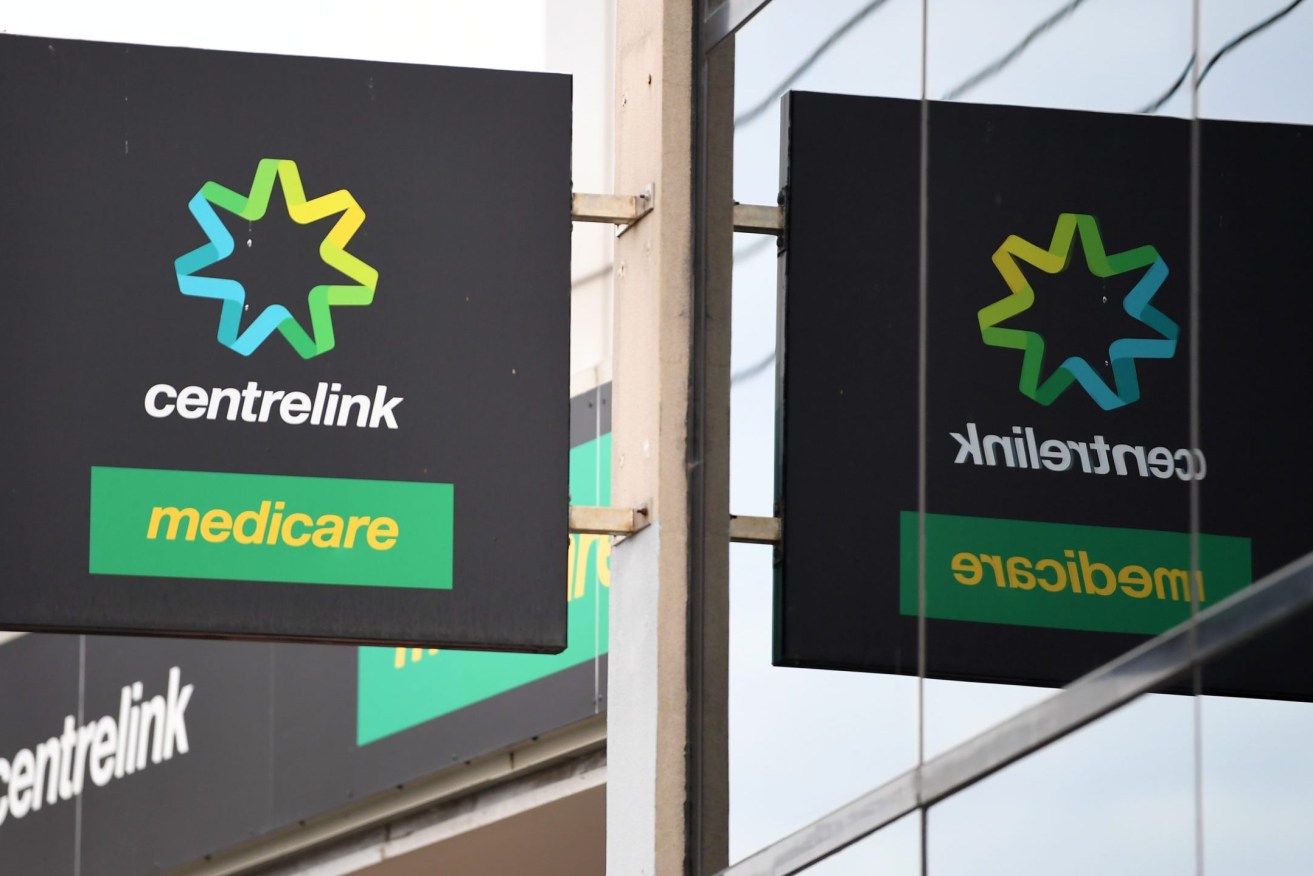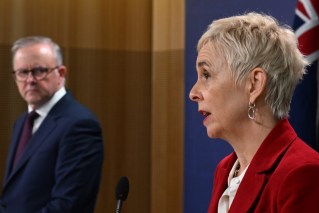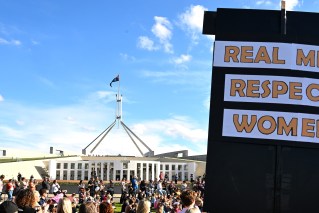Pressure to find dollars created robodebt, inquiry told
Significant pressure to find budget savings combined with “overwhelming” workloads generated the idea for the robodebt program, an inquiry has been told.

Jobless numbers crept slightly higher.
A royal commission is investigating the failed robodebt program which falsely accused welfare recipients of owing the government money.
The program was initiated under the former Liberal-National coalition in an attempt to recover debt and increase budget savings.
Former Department of Human Services national manager Scott Britton, a senior public servant who worked on the policy proposal, gave evidence on Tuesday.
Britton recalled around 2012 there was “a significant shift” in the department towards the generation of savings.
“(If) any government is seeking savings they would generally come to fraud and compliance, because it is a mechanism by which savings can be found and dollars can be generated,” he said.
“Definitely the emphasis was on the dollars and the savings associated with those measures.”
Britton wasn’t sure whether the emphasis was coming from the ministers or the department itself, but he felt the pressure.
He said there was “significant” non-compliance in the welfare program and the department was overwhelmed with workloads trying to crosscheck claims against actual incomes.
“(We were) certainly … looking at ways by which we could treat that volume of work,” he said.
The policy that would become robodebt was proposed as a means of automating and reducing some of the workload and Britton said it was also seen as a way to modernise the department’s processes.
“There were multiple layers and drivers more than just about the savings,” he said.
“Savings, I think, became the primary driver but initially it was about modernisation.”
Legal advice from the Department of Social Services rejected the proposal because of issues with the debt calculation method.
Calculations were done through a process called income averaging, which compared people’s reported income with tax office figures.
The commission has previously heard the social services department received legal advice in 2014 that the proposal was unlawful.
But Britton said he could not recall receiving this legal advice.
“I don’t remember specifically ever receiving the actual advice, conversations associated with it maybe, but not the physical (advice),” he said.
“It would have been one of those points that I would have remembered if somebody came back and said, ‘that’s not lawful’.”
Britton told the commission there were known issues with the tech system used to produce the debt notices.
“It wasn’t really an option at the time to not deliver,” he said.
“We just all pushed on with what we had to ensure we had systems that were able to support the intent.”
Hundreds of thousands of Australians were sent debt notices under the scheme which recovered more than $750 million.
The commission is accepting submissions from people affected until February 2023, with a final report due by mid-April.












